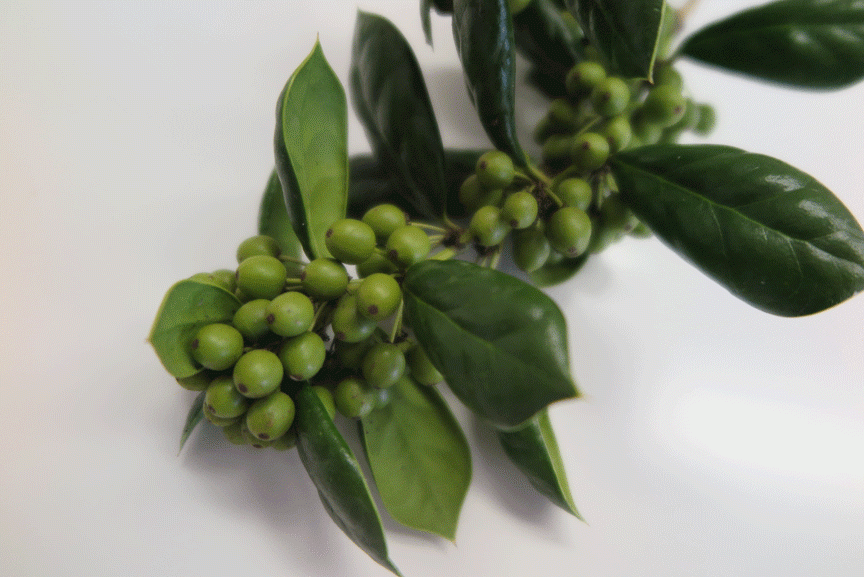Holly
Holly, Ilex
Hollies are durable shrubs and trees that vary greatly in shape and size. When given conditions they like, they thrive for years.

Growing
These plants prefer full sun but tolerate partial shade. The soil should be of average to high fertility, humus rich and moist. Hollies perform best in acidic soil with a pH of 6.5 or lower. Apply a summer mulch to keep the roots cool and moist. Fertilize bi-annually with a feed formulated for hollies and other acid loving plants.
Tips
Hollies can be used in groups, in woodland gardens and in shrub and mixed borders. Many can also be shaped into hedges, topiary and espalier with hand pruners.
Recommended
The following holly species do very well in Texas gardens. Many cultivars of different sizes and leaf shapes are available for each of the species. I. crenata (Japanese holly), I. vomitoria (yaupon) a Texas native, and I. cornuta (Chinese holly) are evergreen shrubs. ‘Nellie R. Stevens’, a hybrid of I. cornuta and I. aquifolium, is a vigorous, conical, evergreen hybrid. It produces the spiny, highly glossy foliage that most gardeners are accustomed to. This hybrid can reach 20' heights and 10' spreads and produces shiny, scarlet fruit. I. opaca (American holly) is a large, evergreen tree. I. decidua (Possumhaw), another Texas native, is an upright, deciduous shrub with bright green foliage and red or orange fruit. ‘Warren’s Red’ is more upright and produces bright red fruit and lustrous foliage.
Features: decorative glossy, often spiny foliage; fruit; attractive habit
Height: 3–20' for shrub species; 40–50' for tree species
Spread: 3–15' for shrub species; 30–40' for tree species
Hardiness: zones 3–9


